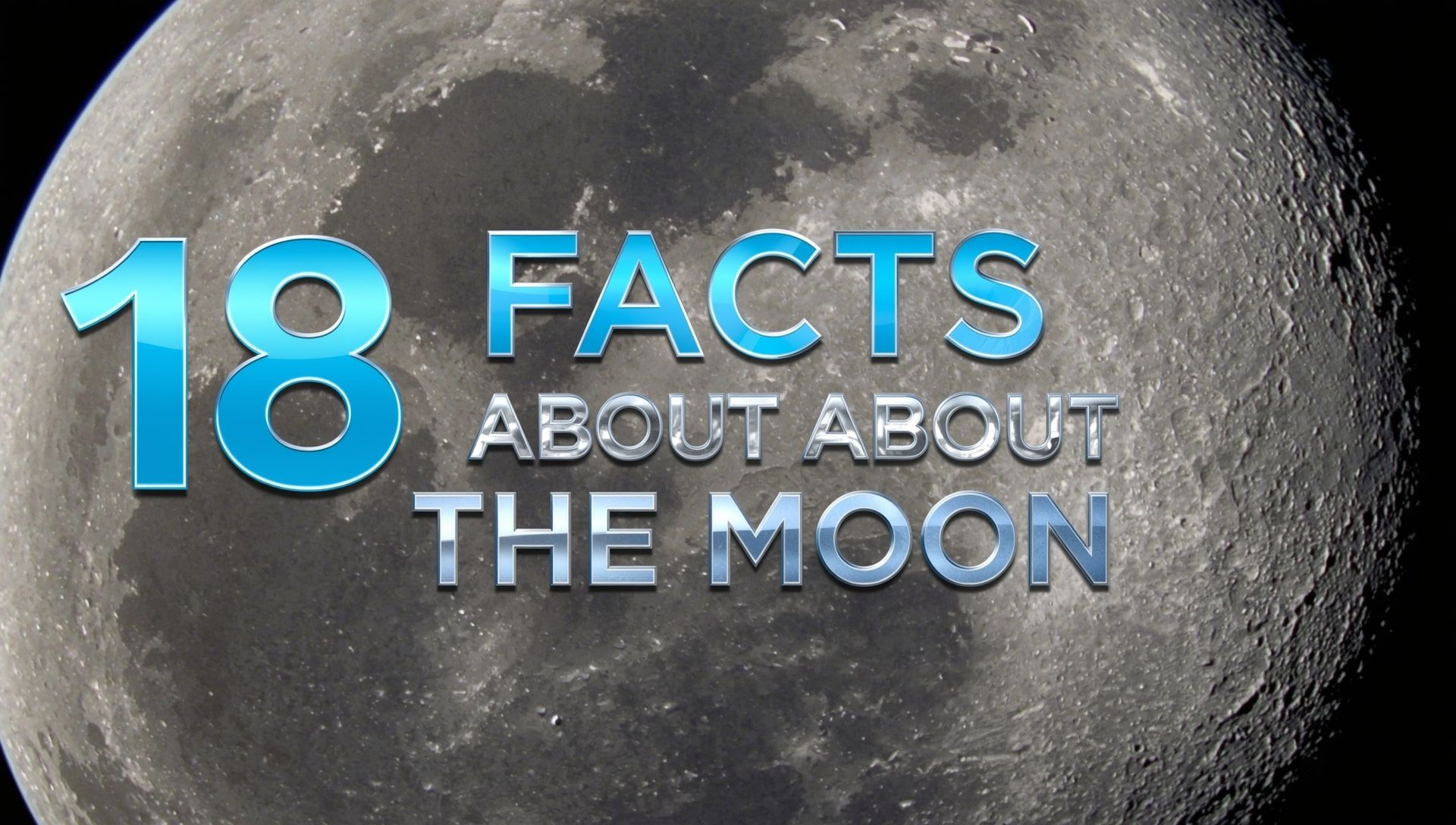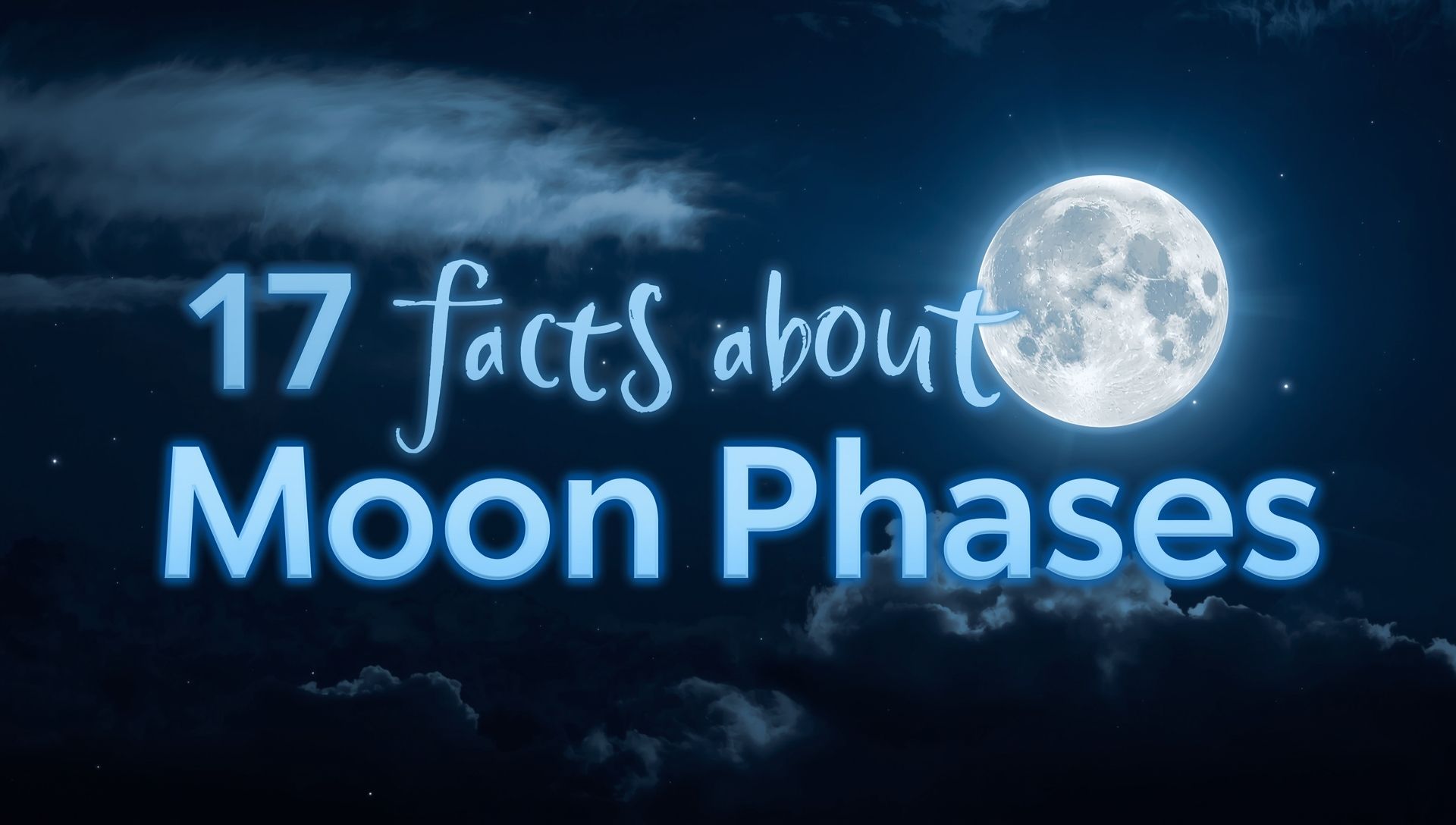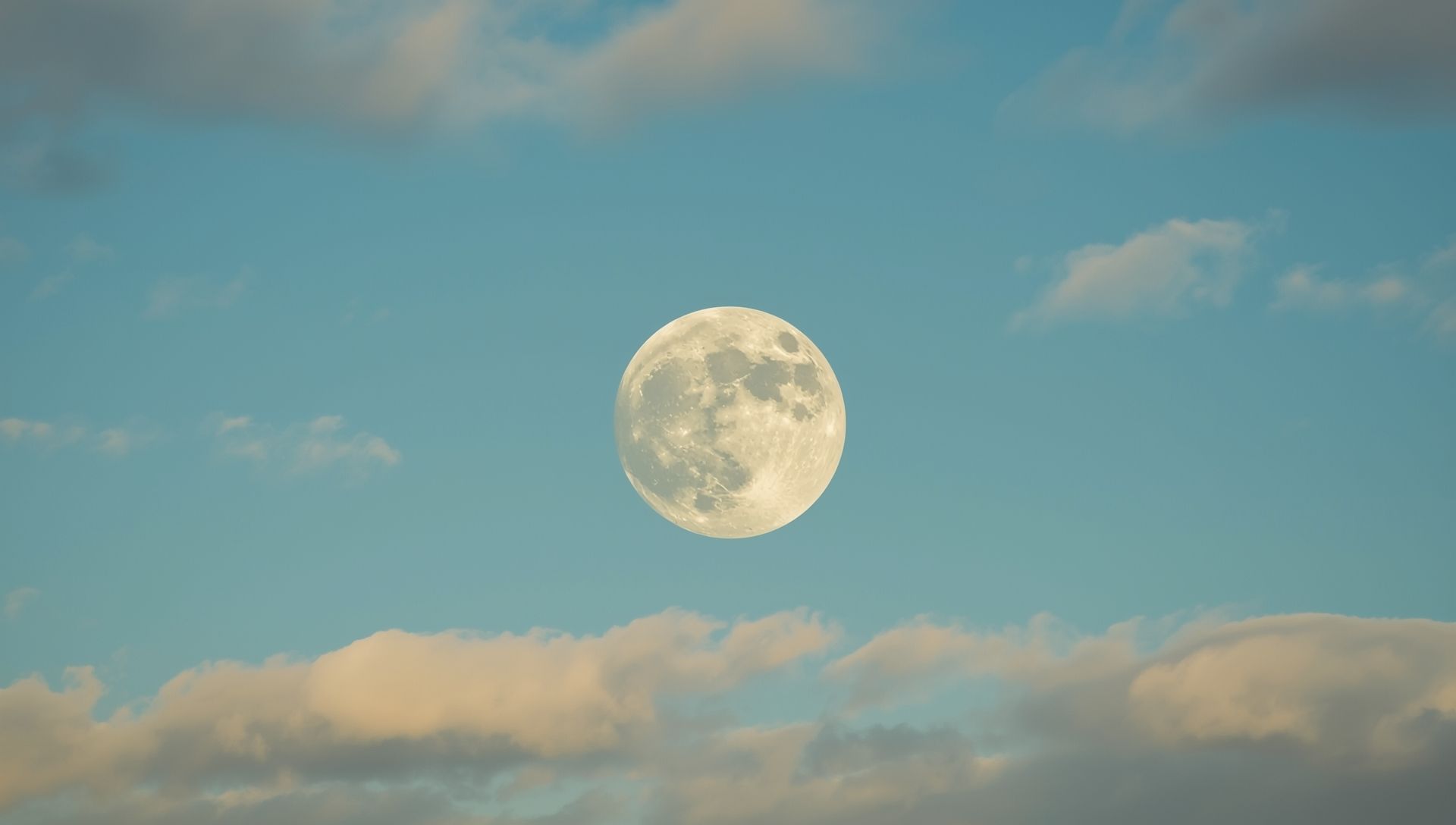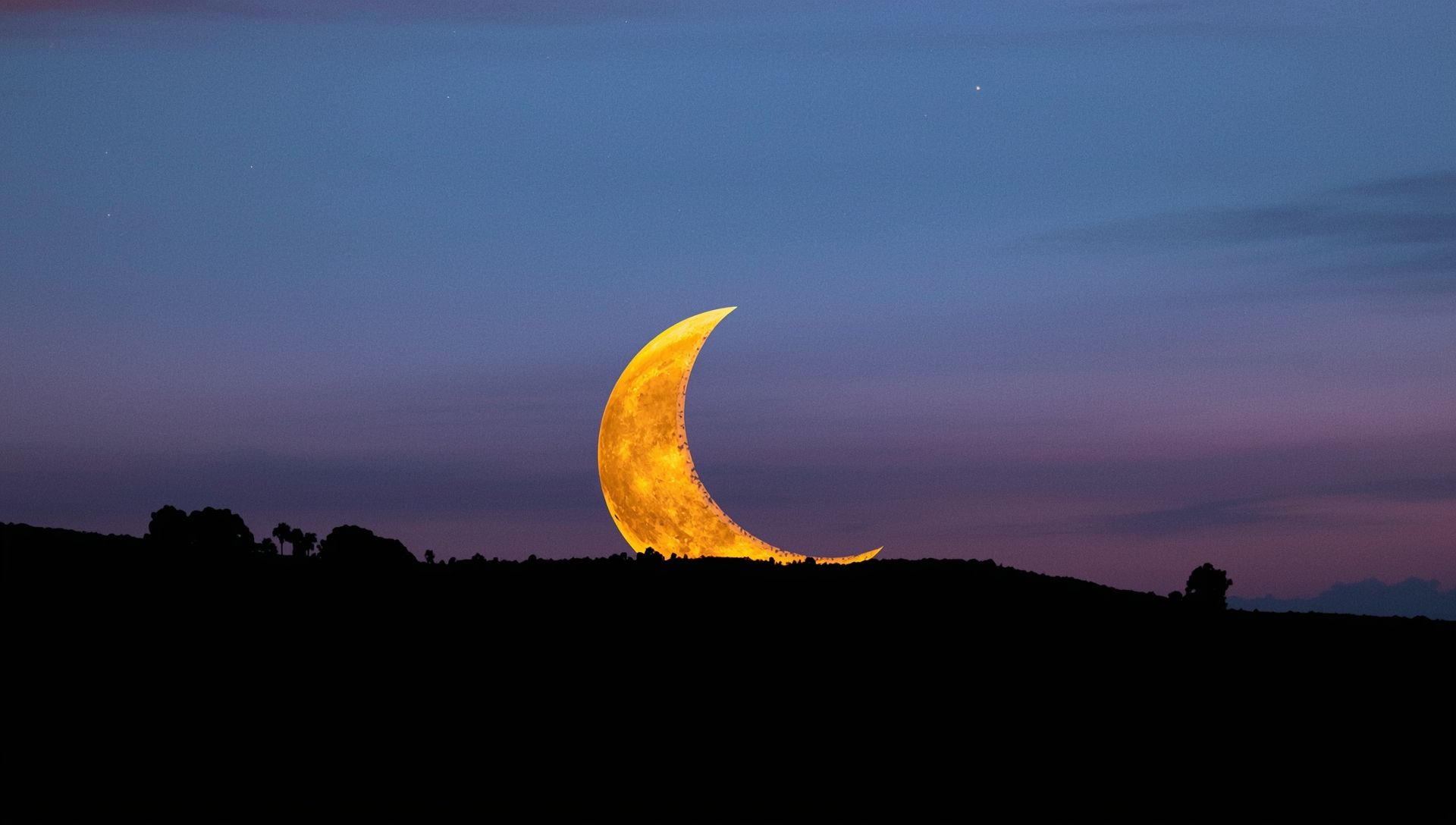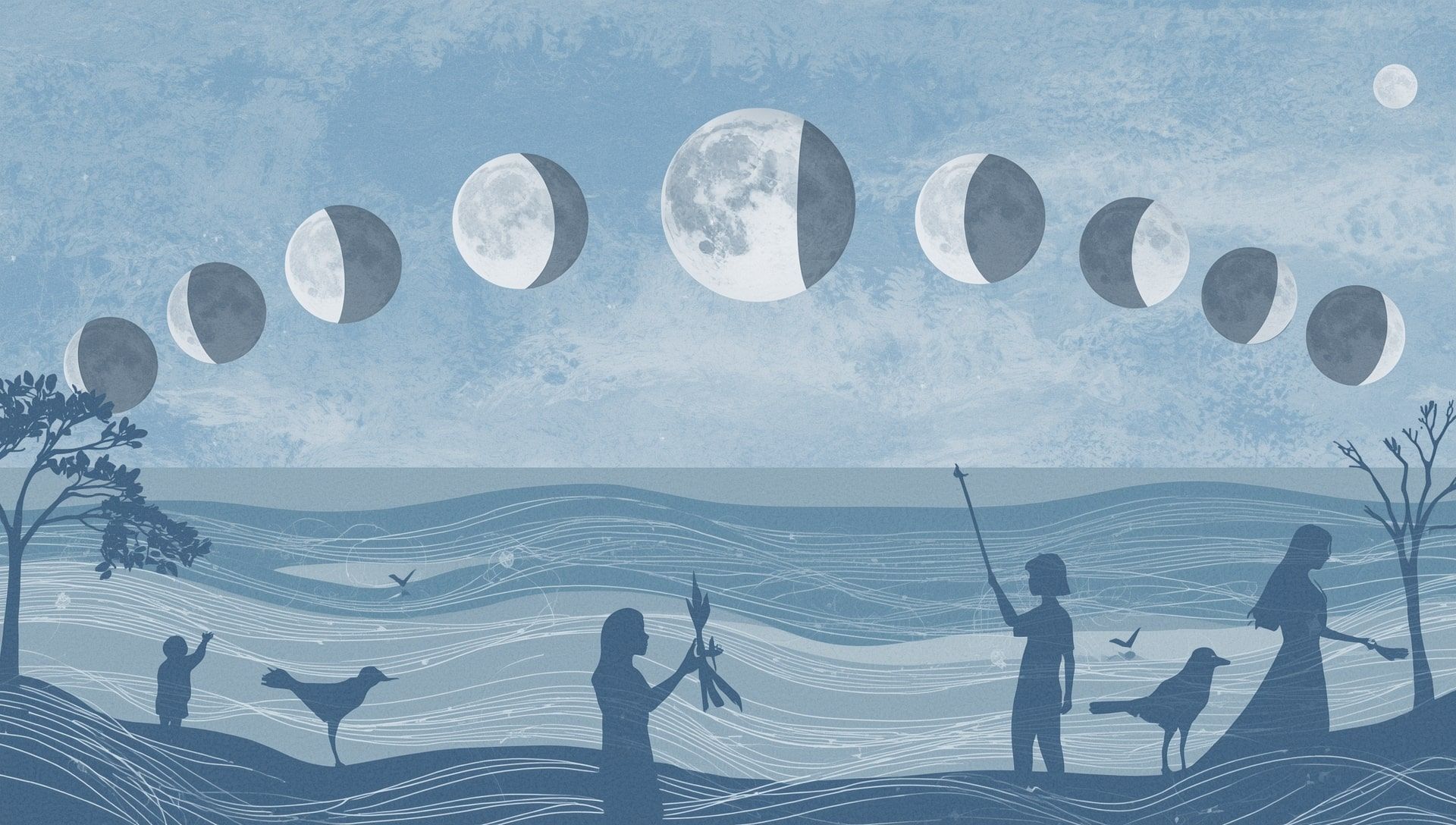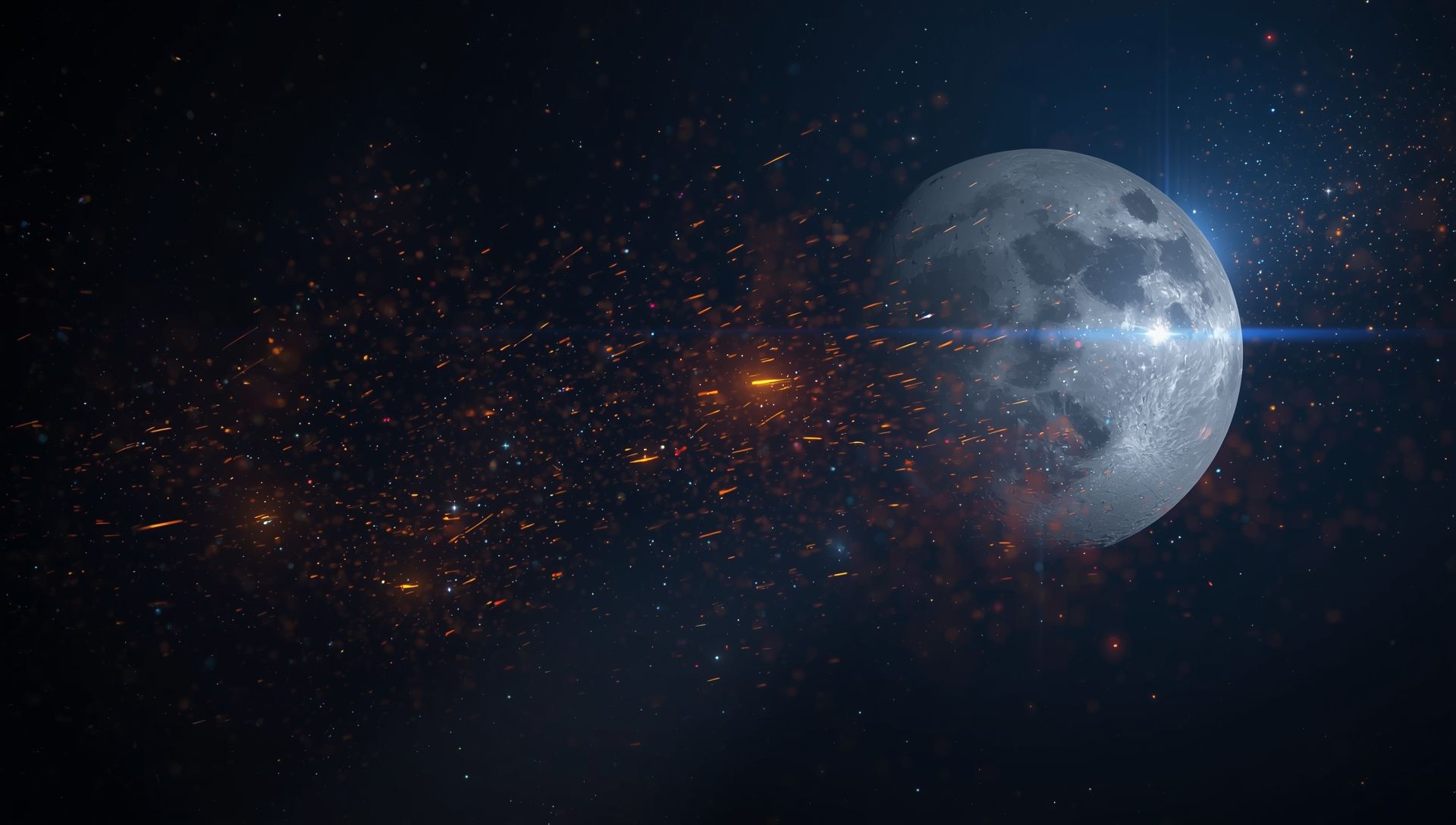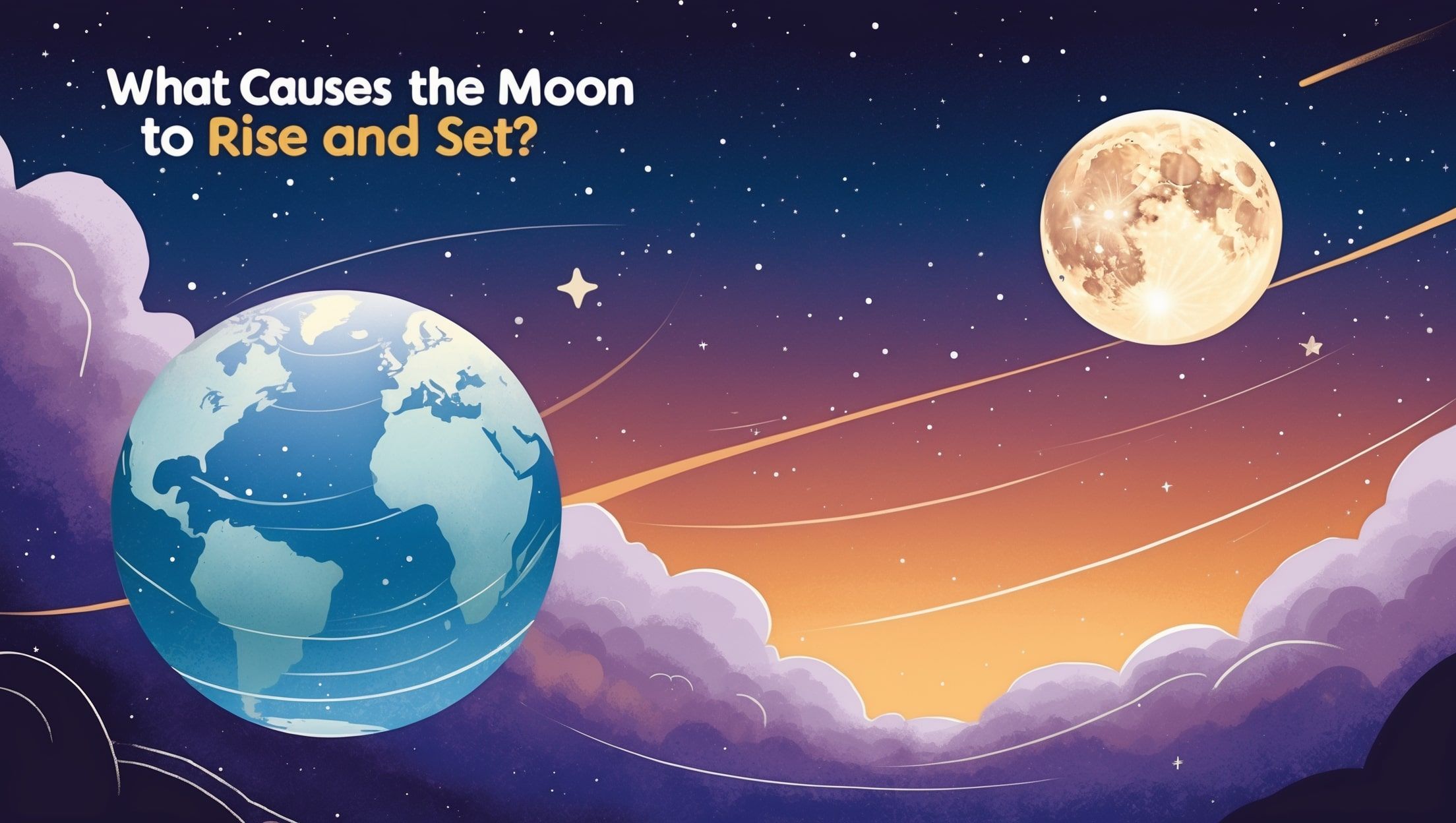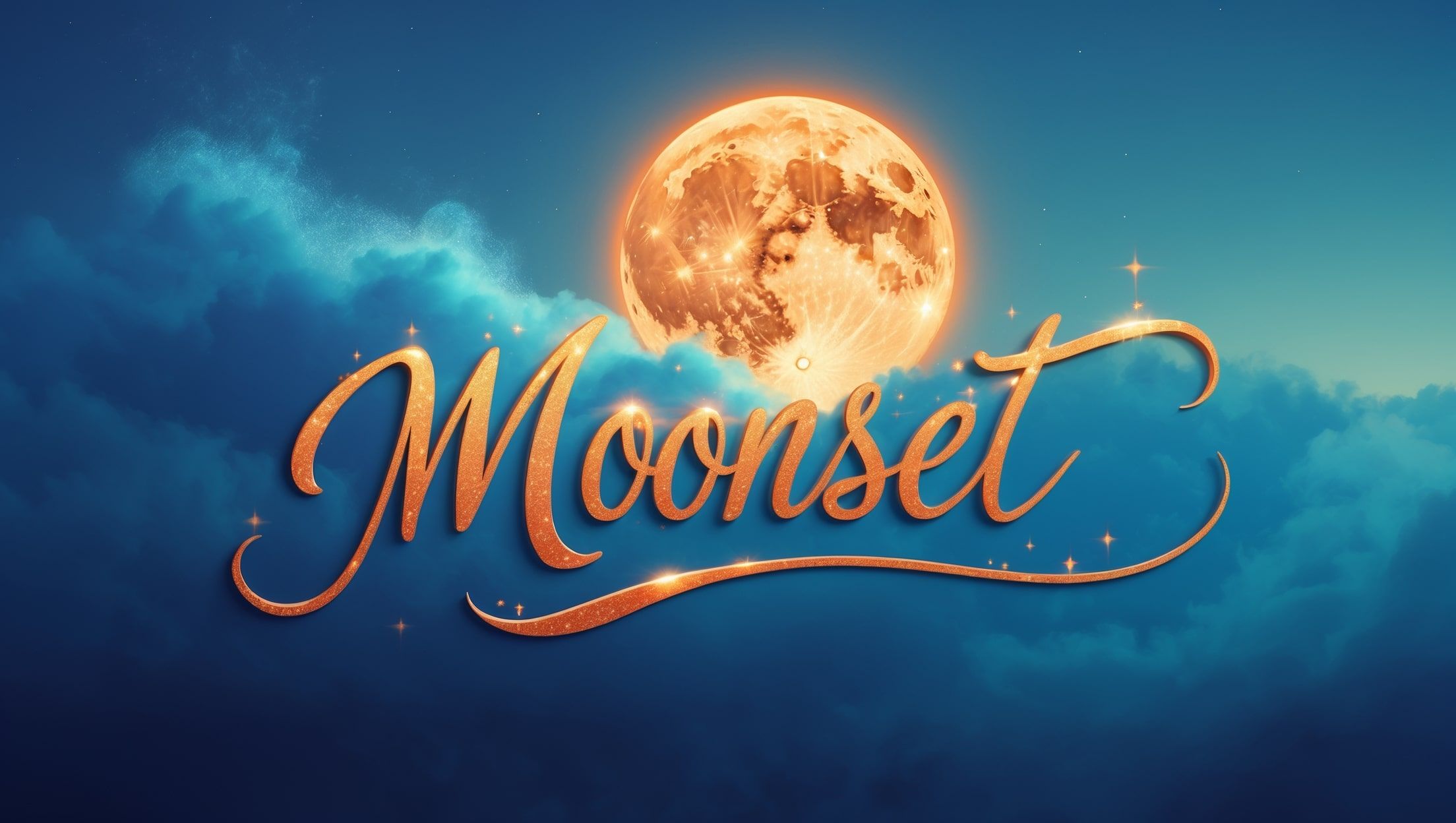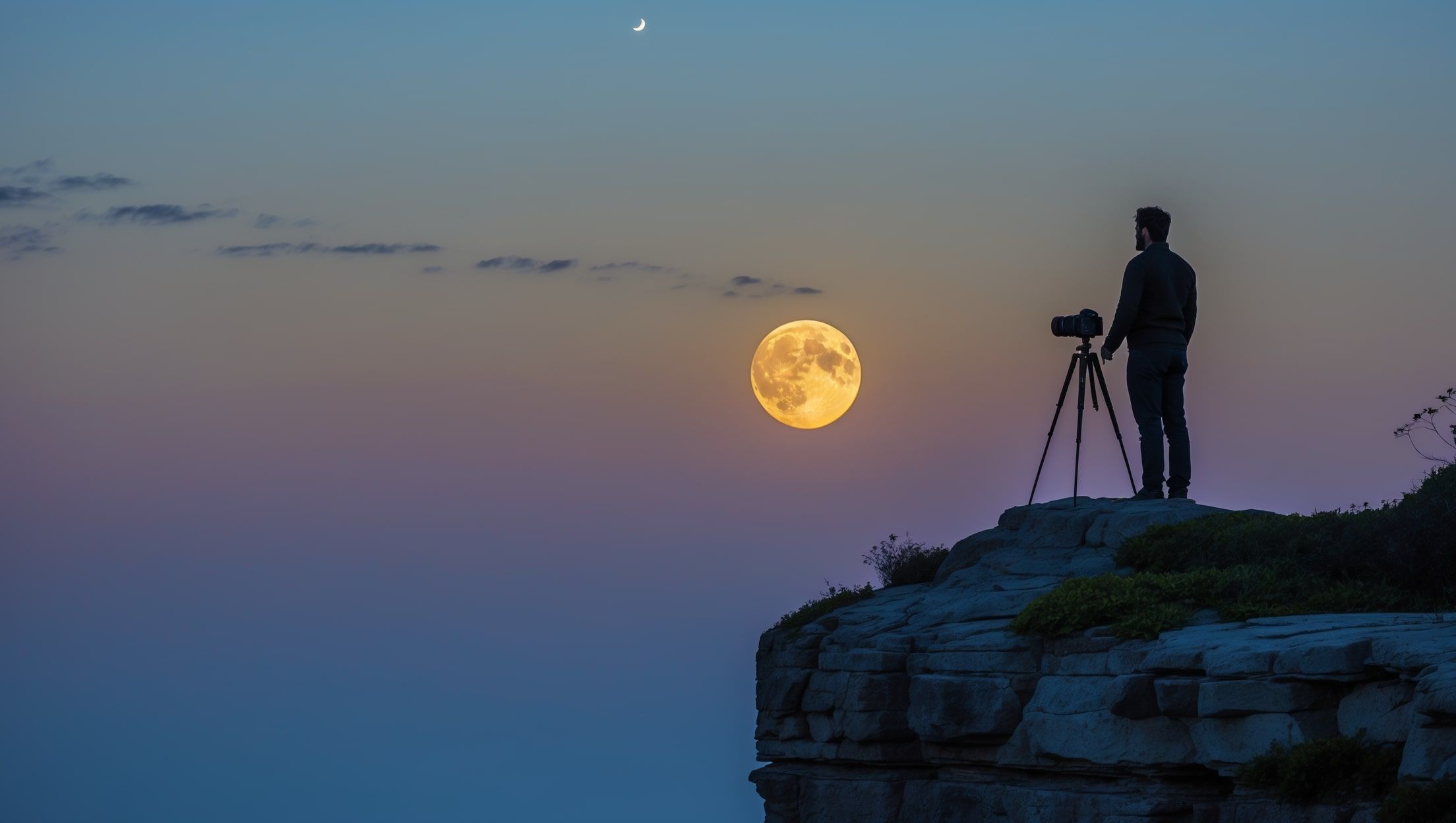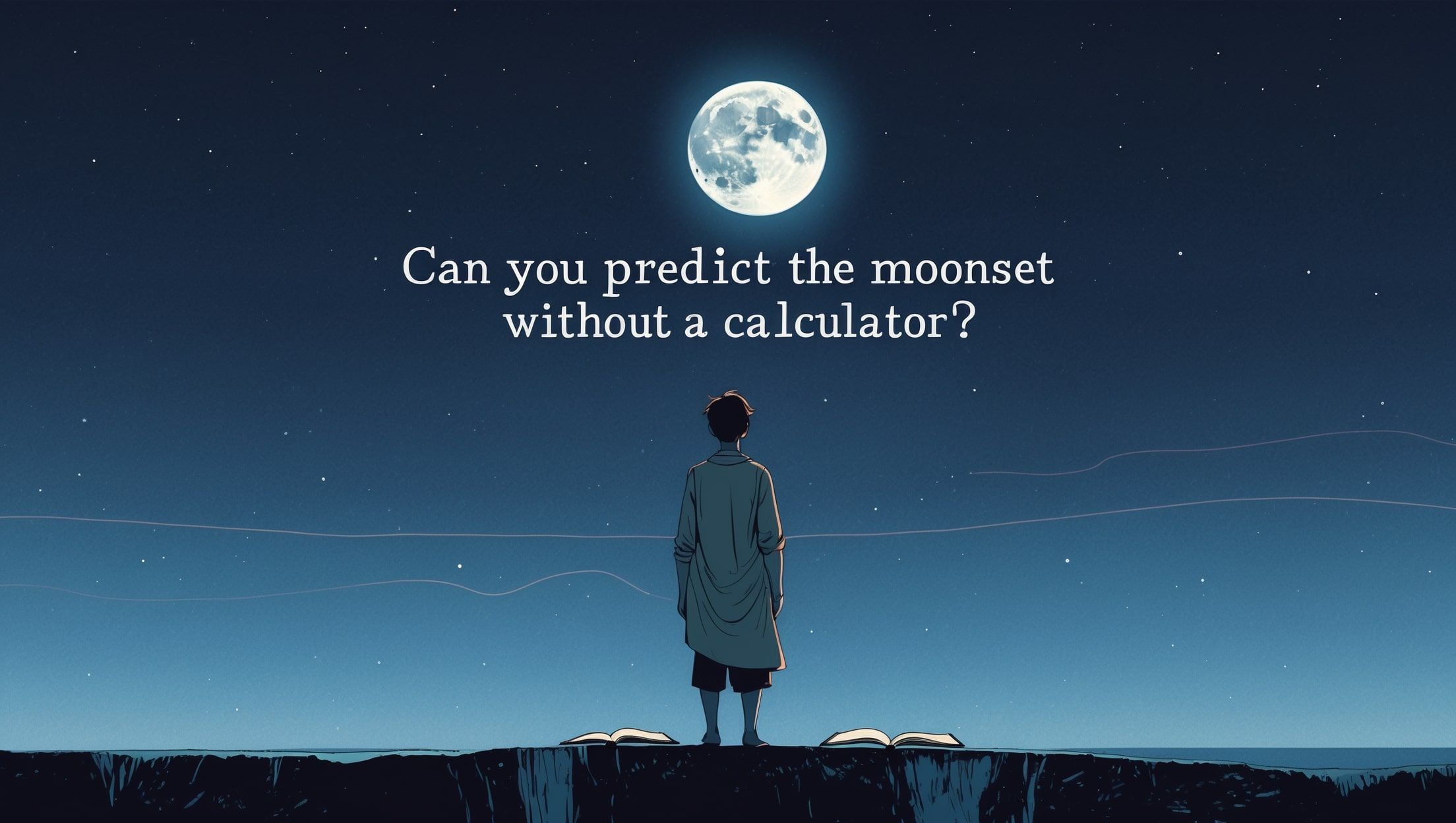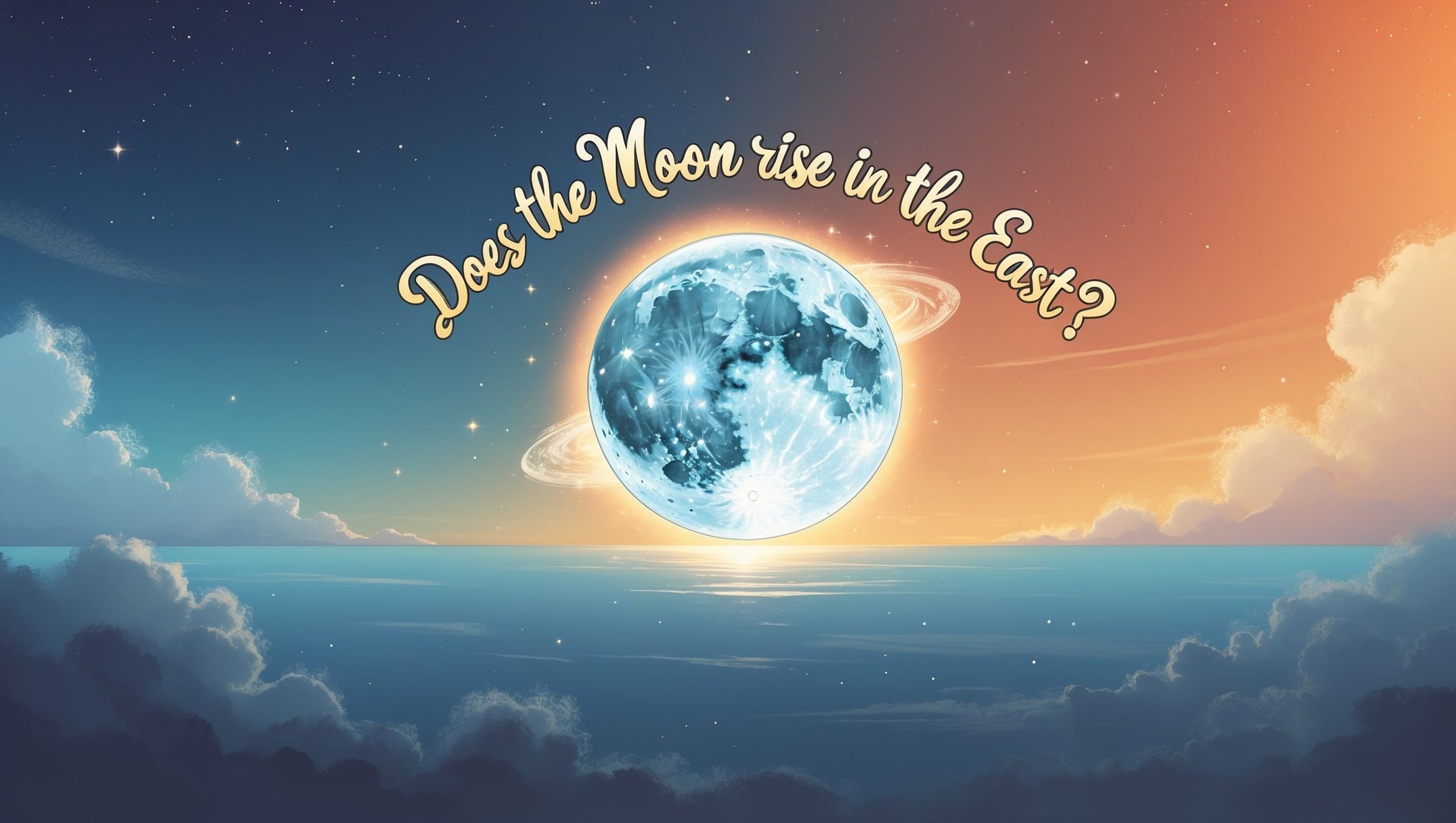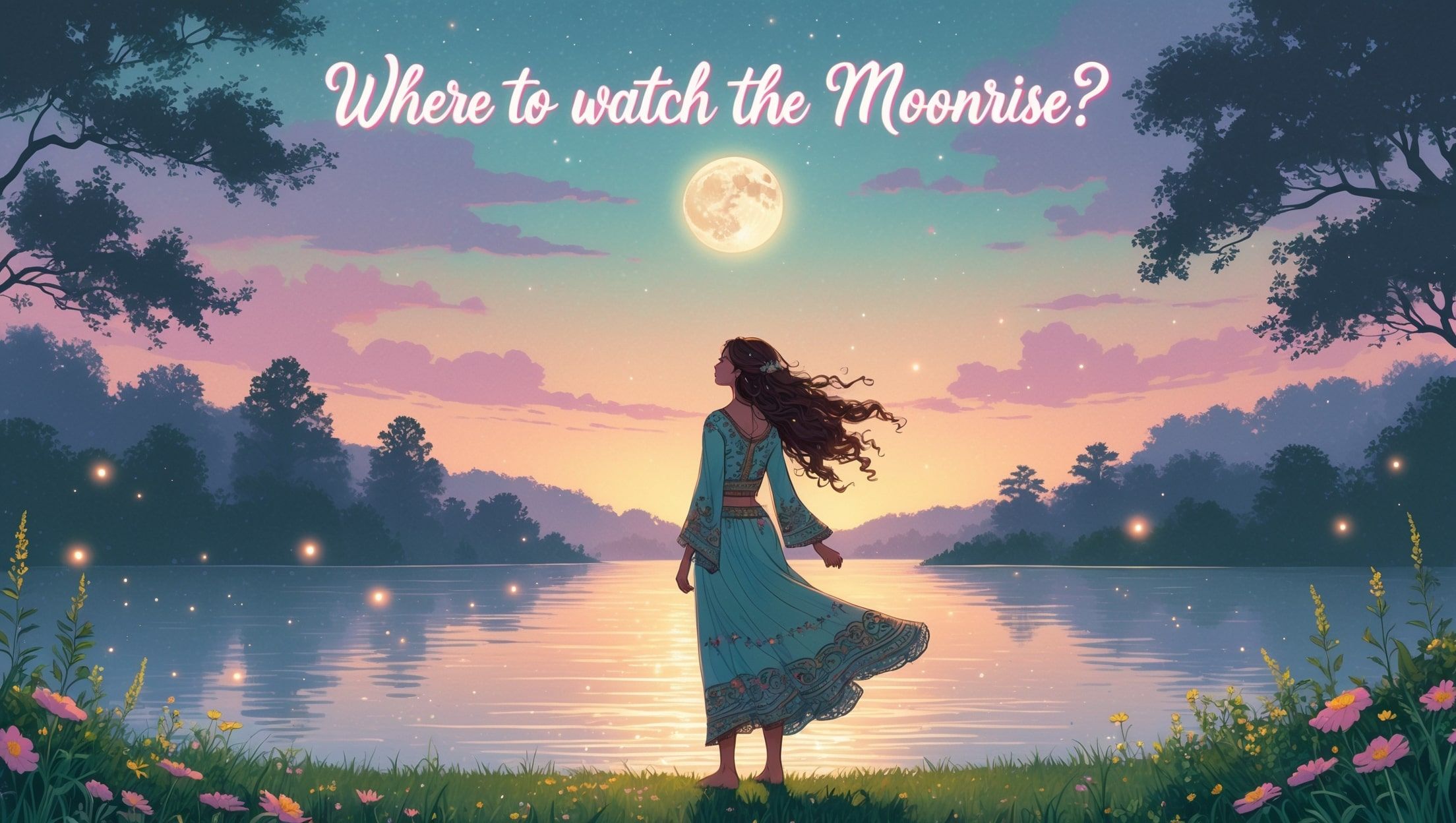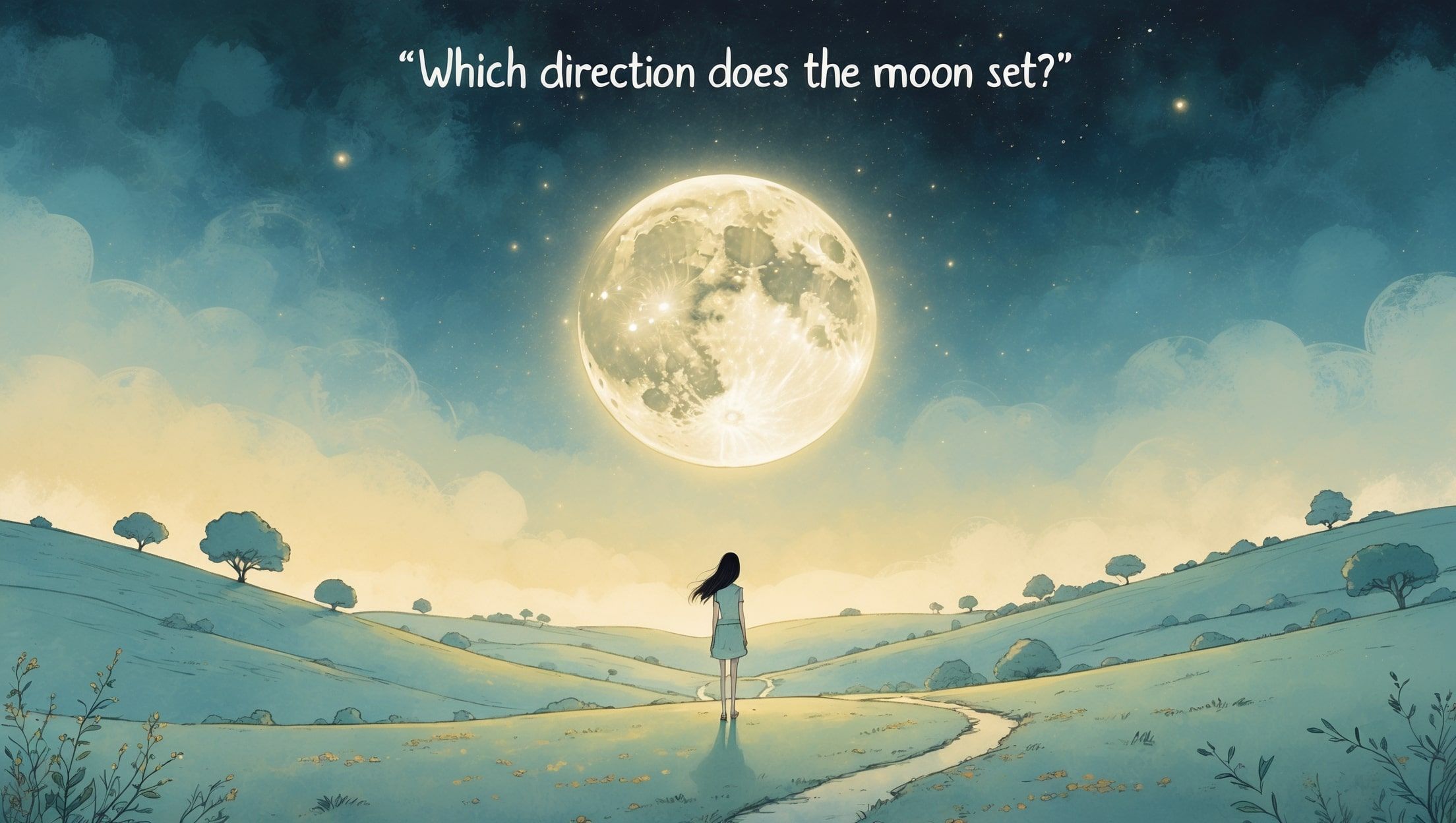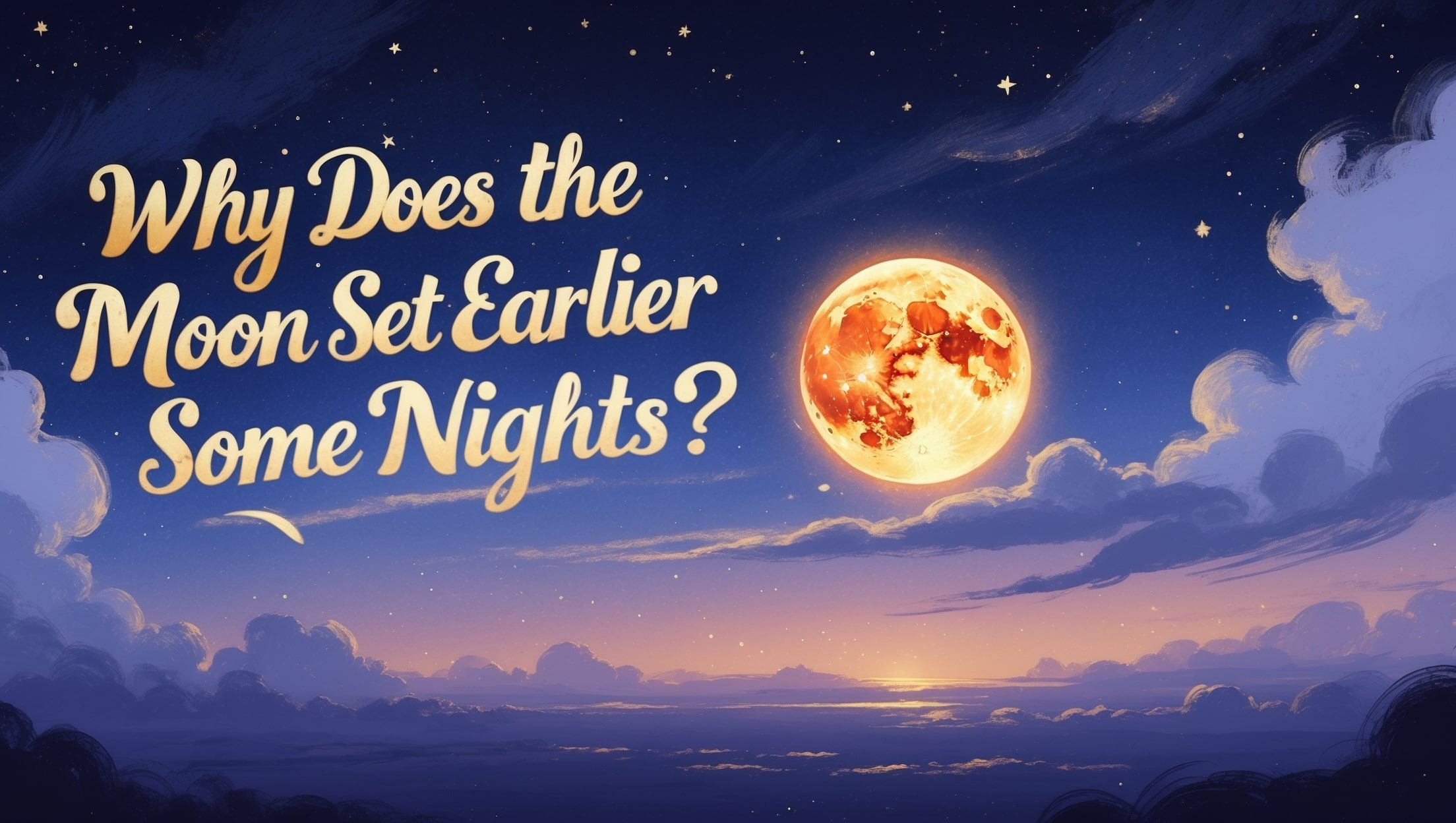Why Moonrise and Moonset Matter Every Day

Whether you're walking your dog at dawn or winding down at dusk, the Moon is always doing something quietly spectacular above us. It rises. It sets. And it does this without fail, every single day. But it's not just a sky show. These daily lunar events influence everything from nature to navigation, rituals to routines. If you've never paid attention to moonrise or moonset before, now's the time.
What’s Actually Happening When the Moon Rises and Sets
The Moon appears to rise in the east and set in the west because Earth spins beneath it. But there's more to it than just our planet turning. The Moon is also moving in its orbit, which shifts its rise and set times a little later each day - usually by about 50 minutes. This movement explains why you might spot the Moon in the morning one day and in the evening the next. If you’ve ever wondered what actually causes the Moon to rise and set, it’s a fascinating blend of orbital mechanics and perspective.
It’s Not Always at Night
Many people are surprised to see the Moon up in broad daylight. But depending on its phase, the Moon can rise during the day, night, or somewhere in between. A full moon tends to rise just as the Sun sets, while a new moon rises and sets with the Sun, staying invisible in the daytime sky. If you're curious about how each phase connects to specific rise times, our breakdown of the phases of the Moon and when they rise clears it up at a glance.
Why This Matters for Daily Life
It’s easy to think of moonrise and moonset as background scenery. But they quietly shape the rhythm of life on Earth. Here’s where you might notice their influence:
- Tides: The Moon’s gravitational pull drives ocean tides. When and where the Moon rises or sets can help predict high and low tides.
- Wildlife: Many species follow lunar patterns. Fish feed more at certain moon phases, and some birds migrate by moonlight.
- Farming: Moonrise has long guided planting schedules in traditional agriculture, with certain crops believed to thrive when planted under specific lunar conditions.
- Photography: A low moon on the horizon offers striking photo opportunities. If you're aiming to capture one, these moonset photography tips can help you get it just right.
- Traditions: From Ramadan to Easter to Chinese Mid-Autumn Festival, lunar events set the calendar for important holidays across cultures.
Can You Predict It Yourself?
Absolutely. You don’t need fancy software to track the Moon. With a little observation and understanding of its phases, you can make solid predictions. Knowing that the Moon rises about 50 minutes later each day is the first clue. Combine that with its phase, and you’ll start seeing patterns. Our guide on how to predict the moonset without a calculator walks you through the basics in a simple, hands-on way.
Understanding the Moon’s Direction
The Moon generally rises in the east and sets in the west, thanks to Earth’s rotation. But the exact location on the horizon can shift depending on your location and the season. If you've ever wondered whether the Moon really rises in the east every time, the answer is yes—though not always from the exact same spot.
Where to Watch It Best
Some places just make moonwatching magic. Wide horizons, clear skies, and dramatic landscapes can turn a simple moonrise into a stunning experience. Knowing where to watch the moonrise makes all the difference, especially if you're hoping to capture it or just soak it in with friends or family.
The Quiet Power of Lunar Routine
Moonrise and moonset may not scream for your attention like a thunderstorm or solar eclipse. But their steady rhythm has a quiet power. It’s nature’s clock, always ticking, always showing up. Noticing the Moon’s path can reconnect you with time in a way that’s less about deadlines and more about patterns. Whether you’re tracking tides, planning photos, or just pausing to look up, there’s meaning in knowing when the Moon will rise or set. It happens every day - and that’s exactly why it matters.
